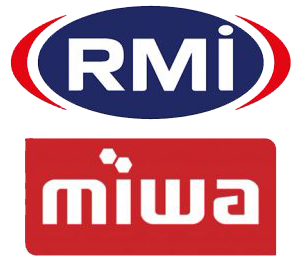Most people are aware that there are two basic transmission types in cars: manual, which requires the driver to change gears by depressing a clutch pedal and using a stick shift, and automatic, which does the shifting for the driver using clutches, a torque converter, and sets of planetary gears. However, there is something in between that provides the best of both worlds: the Mercedes-Benz dual-clutch transmission, also known as a Mercedes-Benz DCT transmission.
How does a Mercedes-Benz dual-clutch transmission work?
A Mercedes-Benz dual-clutch transmission combines the functionality of two manual gearboxes into a single unit. Consider how a traditional manual gearbox works. The driver first depresses the clutch pedal to shift from one gear to another in a standard stick-shift car. This engages a single clutch, disconnecting the engine from the gearbox and cutting power to the transmission. The driver then uses the stick shift to change gears, which involves moving a toothed collar from one gear wheel to another of a different size. To prevent grinding, synchronisers match the gears before they are engaged. When the driver releases the clutch pedal, the engine is reconnected to the gearbox and power is transmitted to the wheels. As a result, there is no continuous flow of power from the engine to the wheels in a conventional manual transmission. Instead, power delivery switches from on to off to on during gearshifts, resulting in “shift shock” or “torque interrupt.”
On the other hand, a Mercedes-Benz DCT transmission has two clutches but no clutch pedal. Instead, the clutches are controlled by sophisticated electronics and hydraulics, just like in a standard automatic transmission. However, the clutches in a dual-clutch transmission operate independently. The odd gears (first, third, fifth, and seventh) are controlled by one clutch, while the even gears (second, fourth, sixth and reverse) are controlled by the other. With this configuration, gears can be changed with very little disruption of the power flow from the engine to the transmission.
A Mercedes-Benz DCT transmission is essentially an electro-hydraulic controlled manual transmission. However, because there is no pedal and the driver is required to do little work, it is technically a type of automatic transmission.
The DCT transmission does have many mechanical working components making these transmissions prone to oil contamination. It is therefore imperative to service these transmissions at a reputable Mercedes-Benz transmission specialist at the specified intervals.
Benefits of a Mercedes-Benz dual-clutch transmission
Dual-clutch transmissions improve the driving experience by shifting in milliseconds, as a result acceleration is smoother and simpler. In addition, a DCT transmission can also improve fuel economy.
Dual-clutch transmissions are very popular in some of the latest Mercedes-Benz models but they do at times become problematic at which stage a warning message will appear on the instrument cluster. This is a clear indication that it is necessary to approach a Mercedes-Benz gearbox specialist to accurately diagnose your problem.
Some symptoms that could indicate a problematic Mercedes-Benz DCT transmission
- The transmission will jam in park or will only select gears between neutral and park
- Shudder on pull away
- Grating noises when gears shift
- Complete loss of gears
Our technicians at Enduro Gearbox Centre are proficient in undertaking Mercedes-Benz DCT transmissions repairs and have a very high level of expertise in diagnosing any problem that you may be experiencing. We also stock a wide variety of fully reconditioned Mercedes-Benz dual clutch transmissions ready to be fitted. All our reconditioned units carry a one-year, unlimited mileage warranty!
Contact Enduro Gearbox Centre for details
Enduro Gearbox Centre is fully equipped and has the expertise to successfully tackle any Mercedes-Benz dual-clutch transmission repair. CONTACT a member of our highly skilled team today to learn more about our Mercedes-Benz specialised diagnostics and repair services or for more insight, view our FACEBOOK page now




